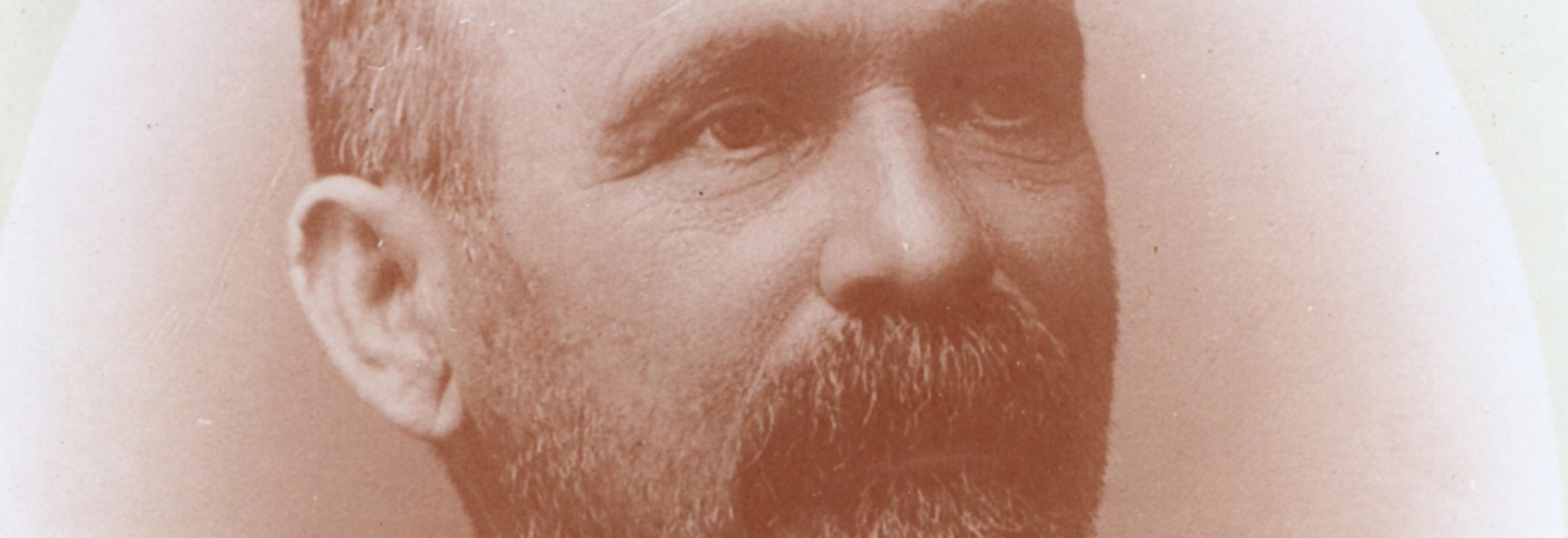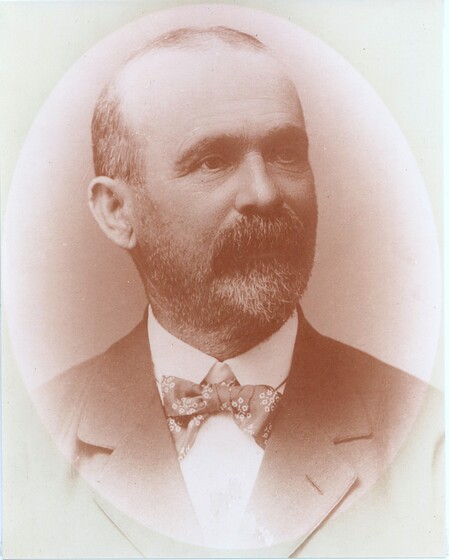Carlo Catani's park designs were sought after from Albert Park to Warragul, and from the Castlemaine Springs to the St. Kilda Foreshore. His flood protection schemes ranged from the Murray to the Yarra. He envisioned the Yarra Bend Boulevard, a Port Melbourne to Sorrento scenic motorway, he opened up the Mount Buffalo Plateau, and gave us access to Arthur's Seat, Mt. Donna Buang, and the Grampians' McKenzie Falls.
Catani often contributed to the design of, and oversaw the construction of one bridge after another, many of which were projects undertaken by Monash & Anderson. The Princes, Queens, Morell, Farnsworth, Fyansford, and the Elwood seven are only some of the bridges that merited his involvement.
Lauded by both colleagues and community, this young Italian immigrant left his imagination stamped upon our landscape, and his kindness and concern upon our collective memory. Delivering accessibility and development, on the backdrop of the state's financial collapse in 1892, just as Catani achieved the pinnacle position of his career, certainly added serious constrains to his endeavours as the cash strapped colony struggled to provide resources.
This well-known and well liked surveyor, Engineer-in-Chief of the Public Works Department, and for some years Acting Inspector General of Public Works, Justice of the Peace and Magistrate, would also find himself on the receiving end of public criticism: whether over the demise of Red Bluff, and most of Elwood's beaches, the harsh conditions the reclaimers of the Gippsland swamps would have to endure, and their repeated flooding; as well as an onslaught of criticism for his 'barbaric' use of volcanic rock in the design of our pleasure gardens; which were both emulated and admired, while also the butt of public rebuke.
It is said that he gave unstintingly of himself, even out of his own pocket, that he never resigned from his St. Kilda Shore Committee membership and was always at the ready to venture back into the flooded fields of Gippsland, well beyond the tenure of his engagement. From his arrival at the age of twenty-four, to his sudden passing at his Blessington Street home 'Wyndham', at the age of sixty-six in 1918, he saw one family loss after another, losing three of his offspring. The loss of his eldest son, Enrico at the battle for Pozieres in 1916, was no doubt a blow that the left the family shattered.
Carlo Catani is fondly remembered today through the Gippsland township of Catani, Lake Catani, Mount Buffalo, his Upper Esplanade St. Kilda memorial clock tower, the heritage listed Catani Gardens and several roadways.















